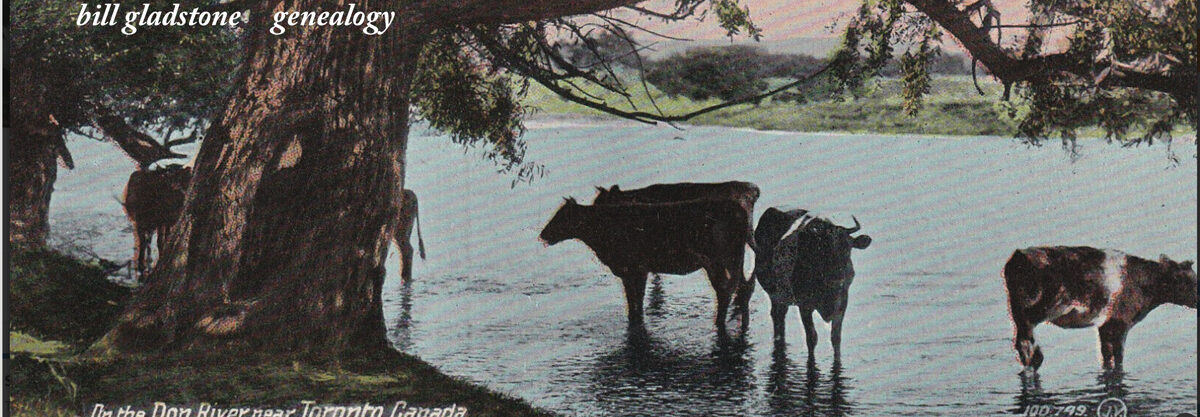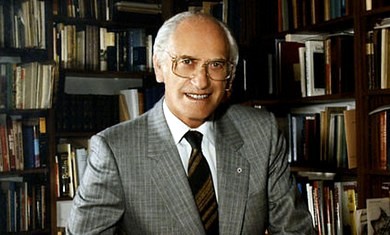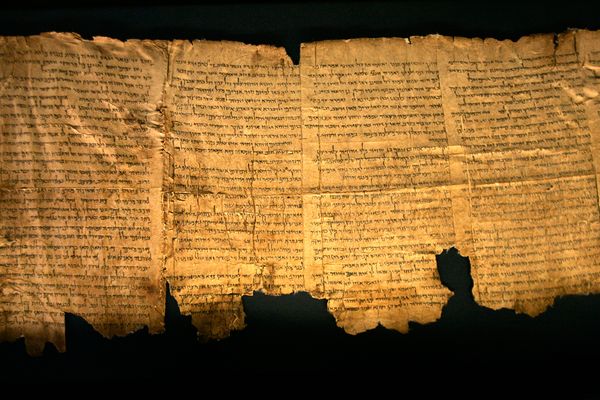As of this writing, more than 600 people have registered for the 20th International Conference on Jewish Genealogy, scheduled for Salt Lake City, July 9 to 14. Most are American but some will be coming from as far away as South America, Europe, Israel and Australia.
Why are so many Jews shlepping to Utah? Along with the conference, a key attraction is the Family History Library of the Church of Jesus Christ of Latter-Day Saints. Housed in a four-storey building in downtown Salt Lake City, the Mormon-built Library is the world’s most comprehensive genealogical research facility. It could reasonably be nominated, along with the Genome Human DNA Mapping Project, as one of the wonders of the modern world.
Established in 1894, the Library began to microfilm records in 1938, and greatly accelerated its rate of acquisitions in the postwar era. At present, hundreds of LDS camera operators are busy at work in dozens of countries, microfilming birth, marriage, death, land, tax, census, passenger and other records.
After a processing lag that typically lasts three years, the material arrives on the Library’s open shelves, becoming accessible to the public at no charge. The collection presently boasts about 2.4 million reels of microfilm, 700,000 microfiche, and 280,000 books. It grows, on average, by 5,000 reels of microfilm and 1,000 books every month.
According to its director, David Rencher, the Library holds information on at least two billion people. “Our estimates calculate that there are about six billion people in recorded history, of an estimated 72 billion that have ever lived,” he says. “We believe we’ve collected about one-third of all genealogical-related records ever made.”
The Mormon Church has gone to extraordinary lengths to make the collection accessible to the masses. Its satellite network of some 3,400 library branches worldwide includes about 1,000 in Canada. “It would be safe to say that we’re the largest private library system in the world,” Rencher says.
On May 24, 1999, the Library opened an internet site (www.familysearch.org). Initially expecting as many as five million “hits” per day, representing about 80,000 visitors, LDS officials built it to handle five times that capacity. To their astonishment, that wasn’t nearly enough: it quickly crashed under the weight of up to 100 million hits daily, and was soon revamped and expanded.
“We’ve had industry experts tell us that ours was the fastest site in the history of the internet ever to go ‘large’,” says Richard Turley, Jr., managing director of the Church’s Family History Department. (Turley is giving the conference’s keynote talk, “The Family History Department: Its Past, Present, and Future.”)
The conference offers many more attractions besides the LDS Library and its strong Jewish collections. There are vendor exhibits, resource and computer rooms, power breakfast and lunches with genealogical specialists, and talks on diverse subjects including the latest research developments in Belarus, Czech Republic, Galicia, Germany, Hungary, Latvia, Lithuania, Moldova, Poland, Romania, Slovakia, Ukraine and the United States.
For details, visit the conference website at http://iajgs.org/slcy2k.
While you’re surfing, check out http://www.jewishgen.org/jri pl/. That’s the website to the “Jewish Records Indexing — Poland,” the ground-breaking project through which more than 700,000 Jewish vital records from 19th-century Poland are listed in an index that is searchable on-line. The fast-growing index lists close to 10 per cent of the Jewish vital records microfilmed by the Mormons. It also contains citations for thousands more Jewish documents, typically from the 1880s and later, most from the Lodz regions.
The idea for JRI-Poland came from Stanley Diamond, president of the Jewish Genealogical Society of Montreal. ♦
© c2001






